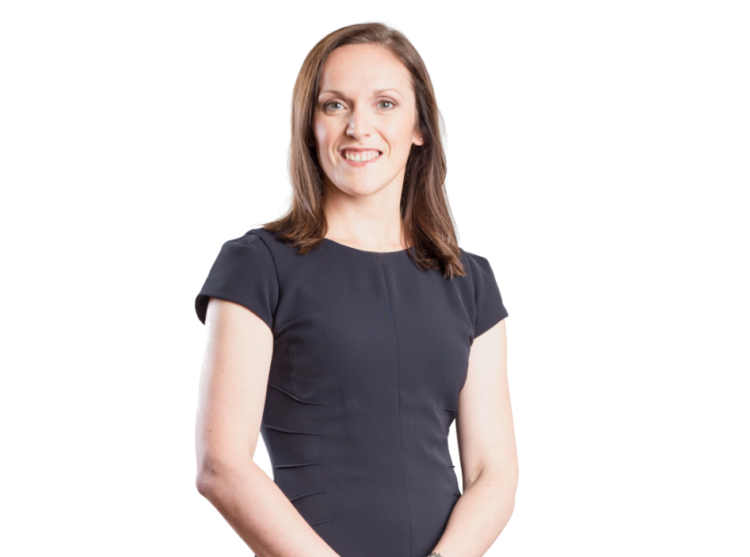The majority of defined contribution (DC) pension savers, 75 percent, want their pension to automatically pay an income when they reach retirement.
The finding was revealed in a paper from Hymans Robertson that argues for “a safety net” for pension members that don’t actively engage and make their own choices about their retirement income.
The research, titled ‘Designing decumulation defaults – remember the member, said too many members are at risk of poor outcomes through lost opportunities, expensive mistakes and fundamental confusion. Allowing this to continue is “simply not acceptable and default decumulation will be essential”, it said.
The research results showed that pension savers particularly value features such as employer review safeguards, opt-out clauses and timing considerations that match up with the state pension age or earlier.
Kathryn Fleming, head of DC at-retirement services at Hymans Robertson, said: “The need for DC pension pots to deliver a sustainable income in retirement is ultimately the exam question the industry is trying to answer.
“There’s an ambition to get as many people as possible to engage with their retirement savings, but there will always be a significant number of people who won’t engage. It’s therefore essential that there’s a safety net in place for these individuals to give them the best chance of having good retirement outcomes.”
She said that members’ retirement income is likely to be determined by more than just their DC savings, but that it was “challenging to collate a picture of this across a scheme membership”. It is also notable that as DC wealth increases, so too does the likelihood of an individual taking financial advice.
In addition, there is significant evidence that small pots are simply cashed in. “So any design is therefore likely to need flexibility to suit different segments of members,” she added.
“Pension schemes will also be starting from different positions, with different regulatory requirements and different membership profiles. The decision makers will also have different risk appetites, strategic objectives, commercial synergies, so differing solutions will evolve.”













